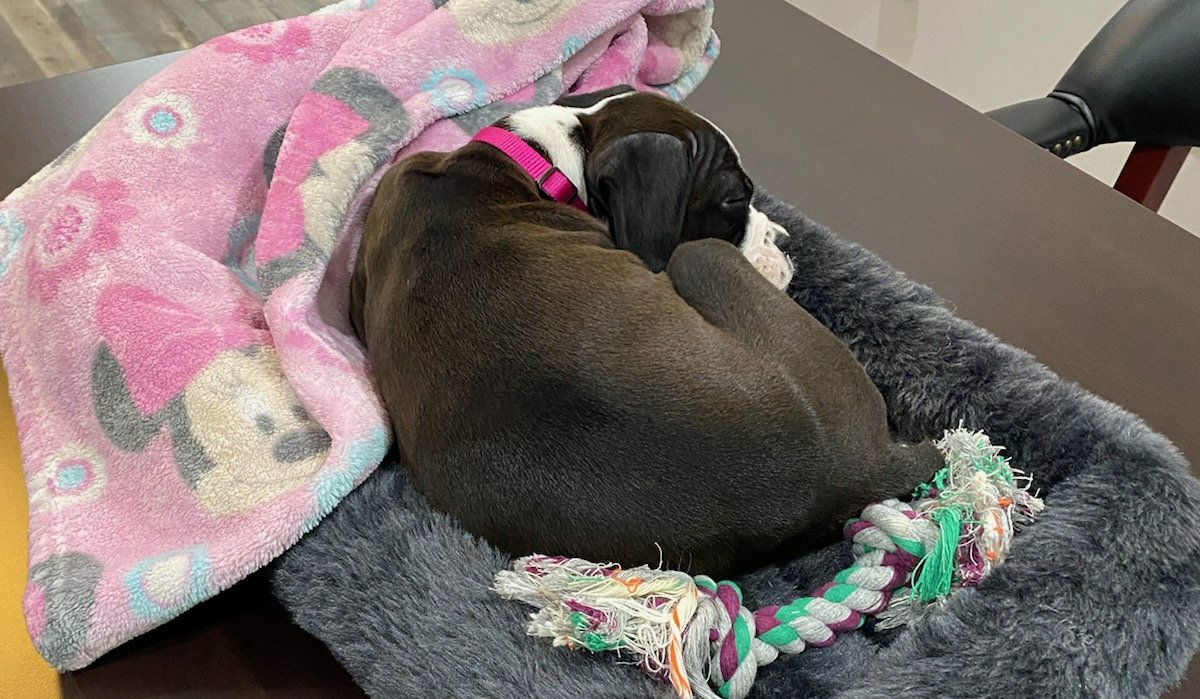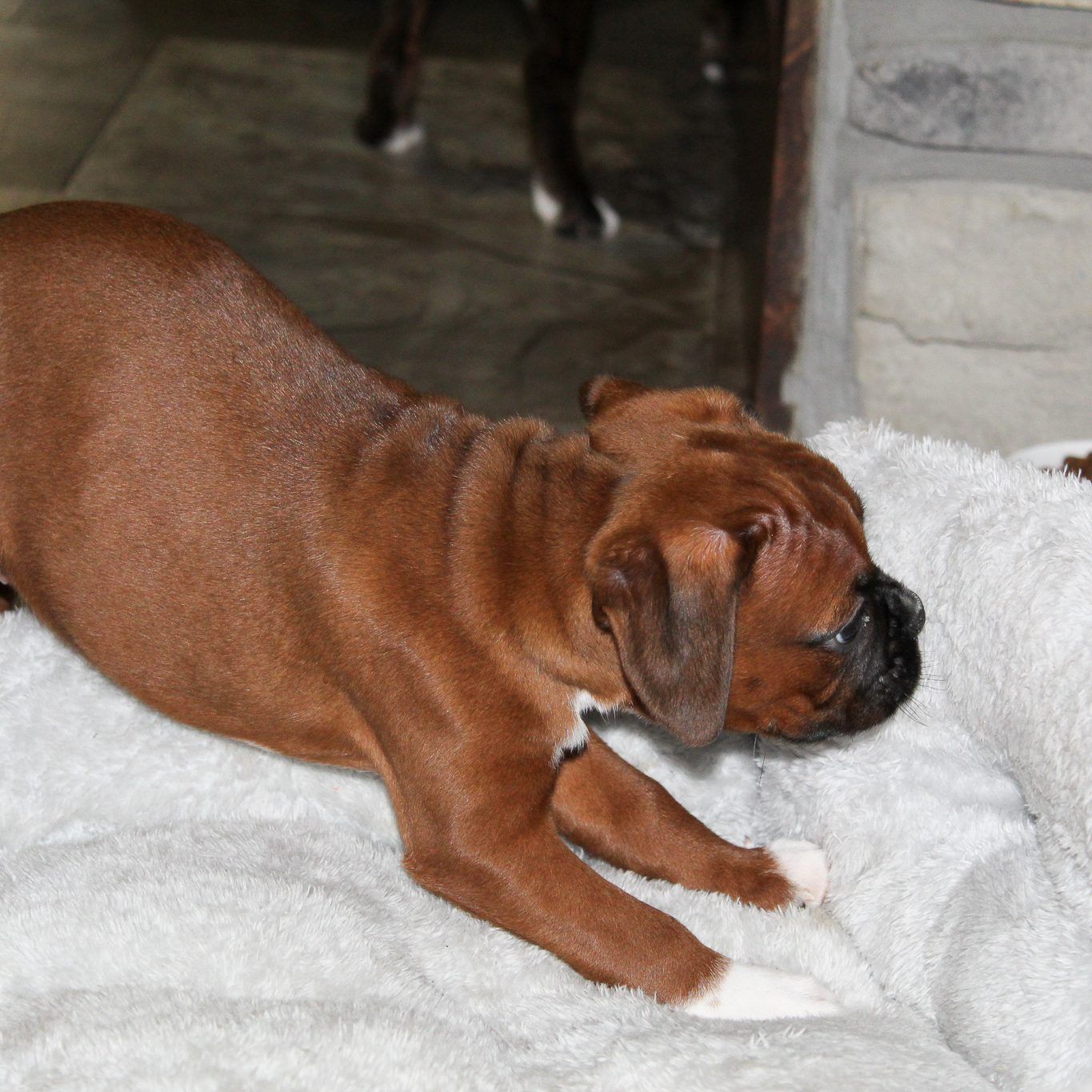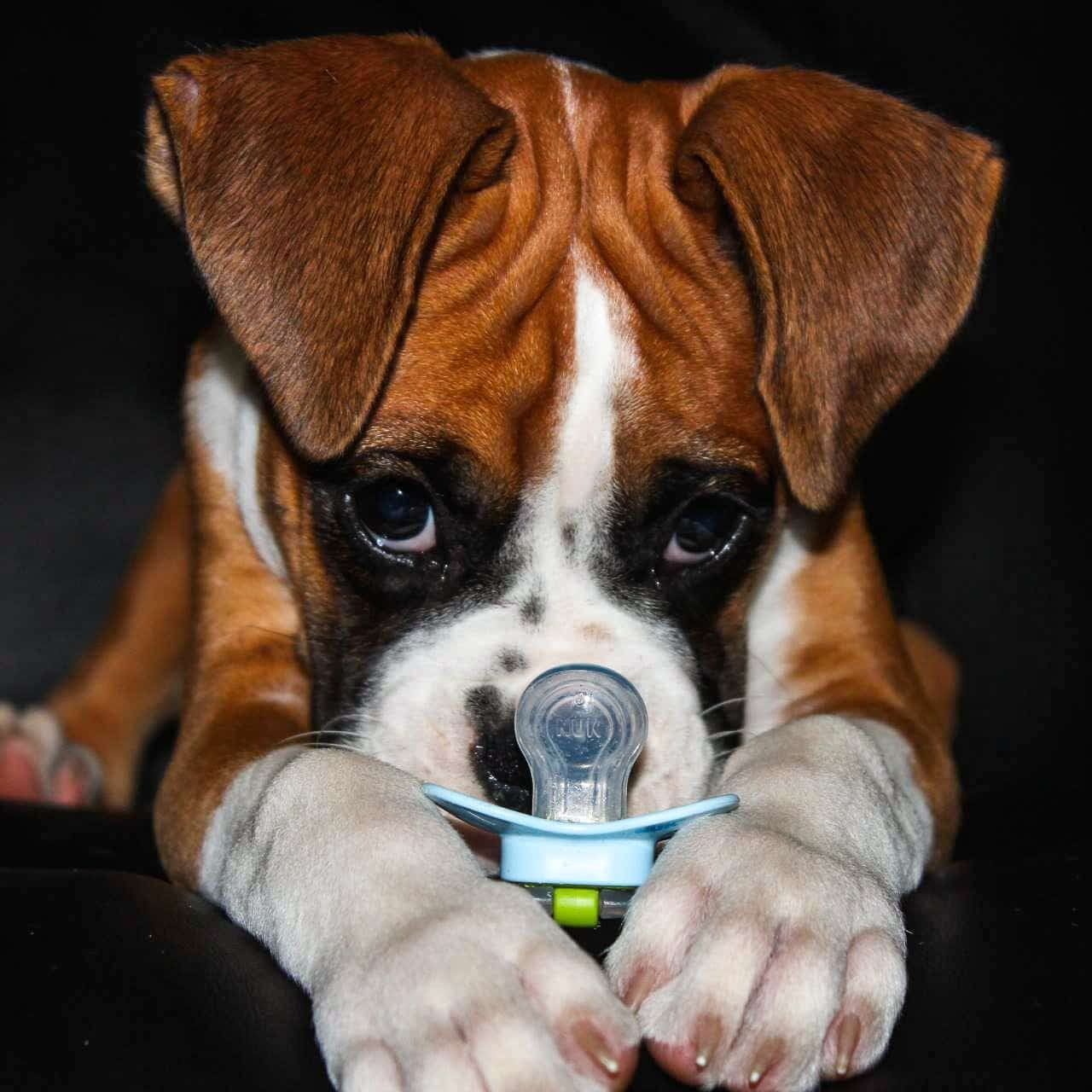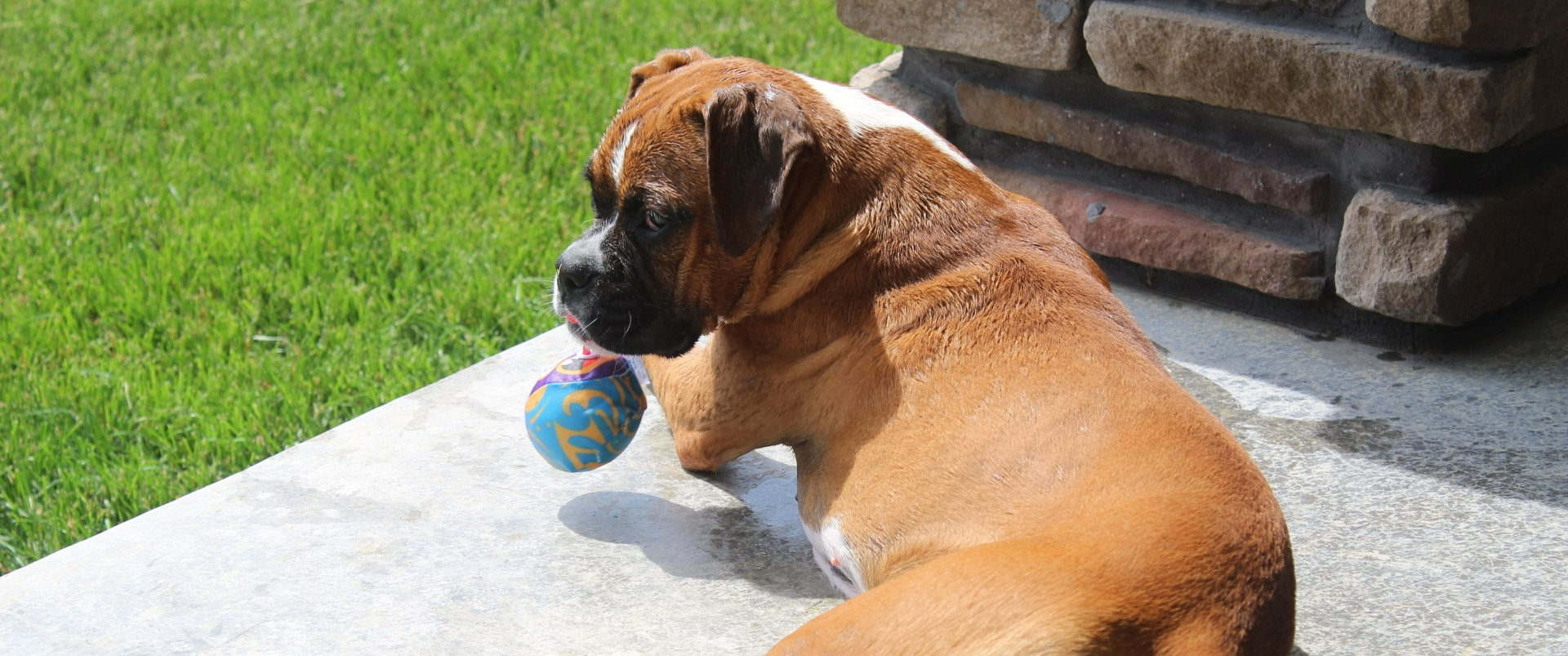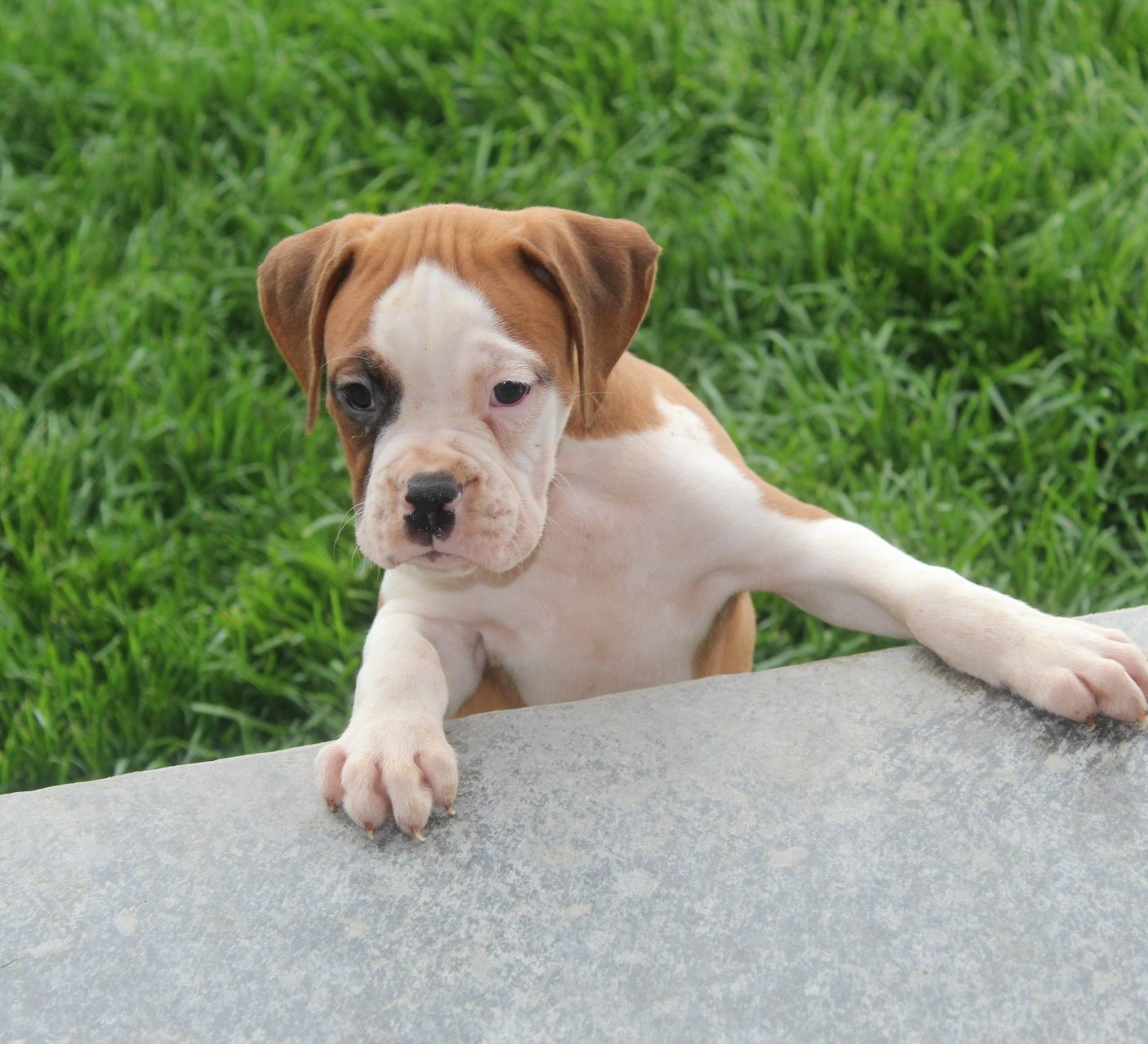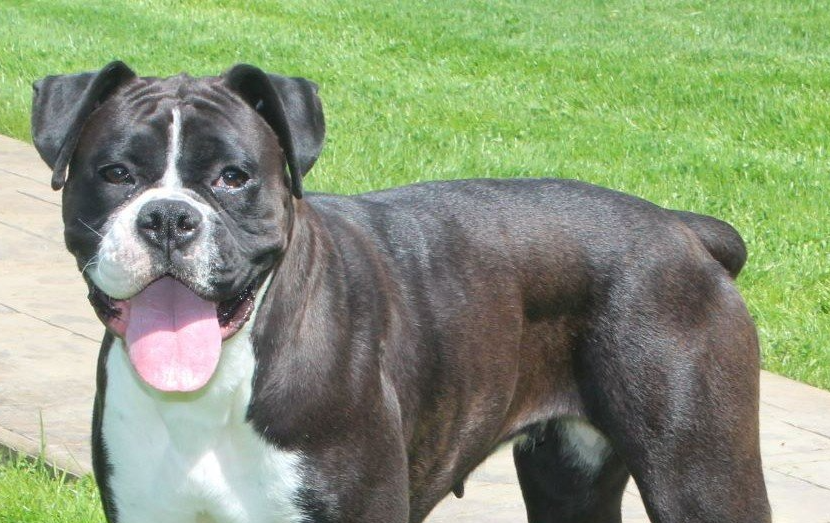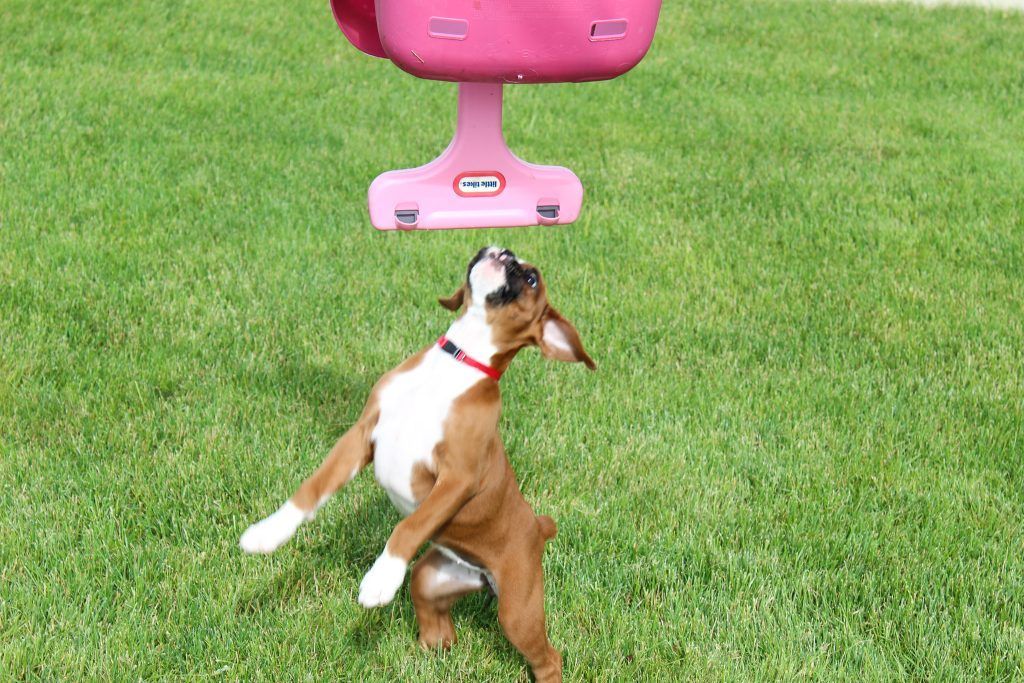The Ultimate Step-by-Step Guide to Potty Training Your Boxer Puppy
The Ultimate Step-by-Step Guide to Potty Training Your Boxer Puppy
The Ultimate Step-by-Step Guide to Potty Training Your Boxer Puppy
Are you the proud owner of a new Boxer puppy? Congratulations! Now, it’s time to tackle one of the most important aspects of puppy ownership: potty training. The Ultimate Step-by-Step Guide to Potty Training Your Boxer Puppy is here to help you navigate this crucial milestone with ease and success.
Potty training can be a daunting task, but with the right guidance and approach, you can set your furry friend up for success. In this comprehensive guide, we will walk you through the entire potty training process, from preparing your home to overcoming challenges along the way.
Our brand voice is friendly and knowledgeable, ensuring that readers feel empowered and supported as they embark on this training journey.
With this step-by-step guide, you'll learn proven techniques and tips to effectively potty train your Boxer puppy, including crate training, establishing a consistent routine, and positive reinforcement methods. We'll address common pitfalls and provide practical solutions, so you can avoid frustration and make progress in no time.
Get ready to say goodbye to messes and hello to a fully potty trained Boxer companion. Let's dive in and make potty training a breeze for both you and your beloved furry friend!
Preparing for potty training
Understanding your Boxer puppy's behavior is key to successful potty training. Boxers are intelligent and eager to please, but they also have their unique quirks. By understanding their behavior, you can tailor your approach to their specific needs.
Boxers are known for their high energy levels and playful nature. They thrive on positive reinforcement and respond well to rewards-based training. However, they can also be stubborn at times. It's important to be patient and consistent in your training efforts.
When it comes to potty training, Boxers have a natural instinct to keep their living area clean. This instinct can work in your favor, as they will have a natural inclination to avoid soiling their designated potty area. Understanding this behavior will help you create a successful potty training plan.
To effectively potty train your Boxer puppy, you need to establish a clear and consistent routine. This routine should include regular potty breaks, meal times, and play sessions. By understanding and working with your Boxer's behavior, you can create a training plan that sets both of you up for success.
Establishing a potty training routine
Before diving into potty training, it's important to prepare your home and set your Boxer puppy up for success. Here are some essential steps to take before starting the potty training process:
1. Designate a potty area: Choose a specific spot in your yard where you want your Boxer puppy to do their business. This will help them understand where they should go to relieve themselves.
2. Invest in the right supplies: Purchase the necessary supplies for potty training, such as a crate, puppy pads, and cleaning products. These items will make the training process smoother and more manageable.
3. Create a safe environment: Puppy-proof your home by removing any hazards or items that your Boxer puppy might chew on or swallow. This will ensure their safety during the potty training process.
By taking these preparatory steps, you can create a conducive environment for successful potty training. Remember, preparation is key to making the training process as smooth as possible for both you and your Boxer puppy.
Maintaining consistency and patience throughout the process
Establishing a consistent potty training routine is crucial for teaching your Boxer puppy where and when to go potty. The key to success is consistency and patience. Here's how you can establish a routine:
1. Set a schedule: Determine the times when you will take your Boxer puppy outside to go potty. These times should be consistent throughout the day. For example, take them out first thing in the morning, after meals, and before bedtime.
2. Use verbal cues: Choose a specific word or phrase to associate with potty time. Use this cue consistently every time you take your Boxer puppy outside. This will help them understand what is expected of them.
3. Reward good behavior: When your Boxer puppy successfully goes potty in the designated area, praise them and give them a treat. Positive reinforcement will reinforce the desired behavior and encourage them to continue going potty in the right place.
Remember, accidents will happen, especially in the early stages of potty training. Stay patient and consistent with your routine, and your Boxer puppy will eventually catch on to the desired behavior.
Celebrating success
Positive reinforcement is a highly effective technique for potty training your Boxer puppy. By rewarding good behavior, you can motivate them to repeat the desired actions. Here are some positive reinforcement techniques to implement during potty training:
1. Use treats: When your Boxer puppy successfully goes potty in the designated area, reward them with a small, tasty treat. This will create a positive association with the behavior and reinforce their understanding of where they should go.
2. Offer praise and affection: Along with treats, give your Boxer puppy plenty of verbal praise and affection after they go potty in the right place. Positive attention will strengthen the bond between you and reinforce their understanding of what is expected.
3. Create a reward system: Consider implementing a reward system where your Boxer puppy can earn special rewards, such as a favorite toy or extra playtime, for consistent potty training success. This will provide additional motivation for them to continue the desired behavior.
Remember, consistency is key when using positive reinforcement techniques. Be patient and persistent, and your Boxer puppy will learn to associate going potty in the right place with positive rewards.
Dealing with accidents and setbacks
Accidents and setbacks are a normal part of the potty training process, especially with energetic Boxer puppies. It's important to handle these situations with patience and understanding. Here's how to deal with accidents and setbacks:
1. Stay calm: When accidents happen, it's crucial to stay calm and avoid getting frustrated or angry. Boxer puppies are sensitive to your emotions, and negative reactions can hinder their progress.
2. Clean up properly: Clean accidents promptly and thoroughly using an enzymatic cleaner specifically designed to neutralize pet odors. This will help eliminate any lingering scent that might attract your Boxer puppy back to the same spot.
3. Revisit the basics: If your Boxer puppy starts having accidents after showing progress, it's important to revisit the basics of potty training. Ensure you're following a consistent routine and reinforcing good behavior with rewards.
Remember, setbacks are a normal part of the potty training journey. Stay patient, reinforce positive behavior, and continue following the steps outlined in this guide. With time and consistency, your Boxer puppy will become fully potty trained.
Crate training and its role in potty training
Crate training is an essential tool for potty training your Boxer puppy. When used correctly, a crate can provide a safe and comfortable space for your puppy while also encouraging them to hold their bladder and bowels. Here's how crate training can help with potty training:
1. Choose the right crate: Select a crate that is the appropriate size for your Boxer puppy. It should be large enough for them to stand, turn around, and lie down comfortably, but not so large that they can use one end as a potty area.
2. Introduce the crate gradually: Make the crate a positive and inviting space for your Boxer puppy by gradually introducing them to it. Start by leaving the crate door open and placing treats or toys inside to entice them to explore.
3. Establish a crate training routine: Encourage your Boxer puppy to spend short periods in the crate throughout the day. Gradually increase the duration as they become more comfortable. Use verbal cues to associate the crate with potty breaks.
Crate training can help prevent accidents when you can't directly supervise your Boxer puppy. However, it's important to remember that the crate should not be used as a punishment. It should be a safe and comfortable space for your puppy to relax and rest.
Gradual transition to outdoor potty training
As your Boxer puppy becomes more familiar with the potty training routine, you can start transitioning from indoor to outdoor potty training. Here's how to make a gradual transition:
1. Supervise outdoor potty breaks: Accompany your Boxer puppy outside during potty breaks and observe their behavior. Use verbal cues to remind them of their potty training commands.
2. Phase out indoor options: Gradually reduce the use of indoor options, such as puppy pads, as your Boxer puppy becomes more reliable at going potty outside. This will help them understand that the outdoor area is the preferred place to go.
3. Reward outdoor success: When your Boxer puppy successfully goes potty outside, reward them with praise and treats. This will reinforce the desired behavior and encourage them to continue going potty in the right place.
Remember, consistency is key during the transition phase. Be patient and provide clear guidance to help your Boxer puppy understand the new expectations.
Conclusion
Consistency and patience are paramount throughout the potty training process. Here are some tips to help you maintain these essential qualities:
1. Stick to the routine: Follow the established potty training routine consistently. Take your Boxer puppy outside at the designated times and use the same verbal cues and commands.
2. Be patient with accidents: Accidents are bound to happen, especially in the beginning. Stay calm, clean up accidents promptly, and continue reinforcing positive behavior.
3. Avoid punishment: Never punish your Boxer puppy for accidents or setbacks. This can create fear and anxiety, hindering their progress. Instead, focus on positive reinforcement and redirecting their behavior.
Remember, potty training takes time and effort. Stay consistent, be patient, and celebrate every small success along the way. With dedication and positive reinforcement, your Boxer puppy will become fully potty trained.
